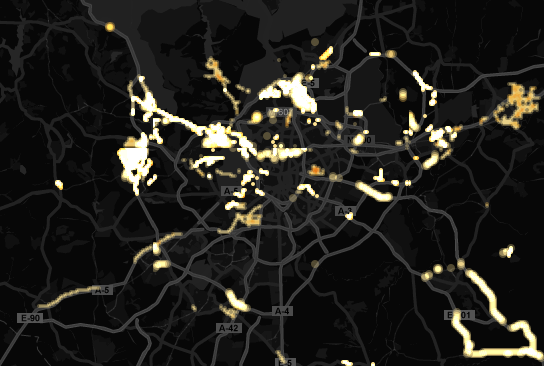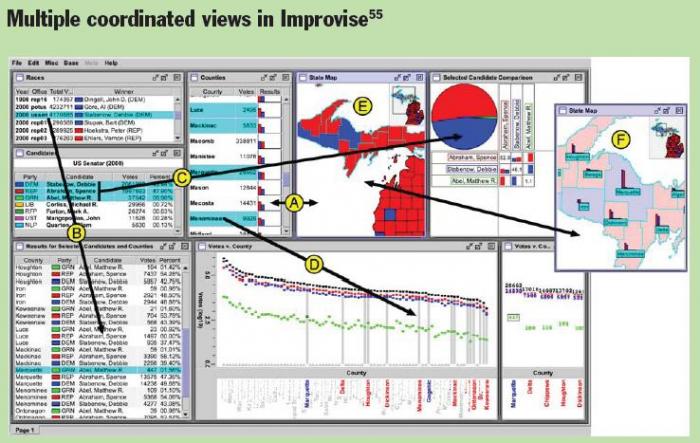Torque for mapping BIG temporal data

Mapping data over time can be challenging, and with what nowadays should be called BIG DATA, it becomes even more difficult. The people of CartoDB, have now released a new tools called Torque, to make the process easier.
From the Torque Blog (http://blog.cartodb.com/post/32464928928/torque-big-data-meets-time-based-maps-bundled-with):
" Torque allows you to create beautiful visualizations with big temporal datasets by bundling HTML5 browser rendering technologies with a generic and efficient temporal data transfer format created using the CartoDB SQL API. Torque visualisations work on desktop and ipads, and work well on temporal datasets with hundreds of thousands or even millions of datapoints."
The map below gives you a sense of what Torque can help you do. The map animates historical edits to OpenStreetMap in Madrid.
See it in action at: http://cartodb.github.com/torque/examples/osm.html




